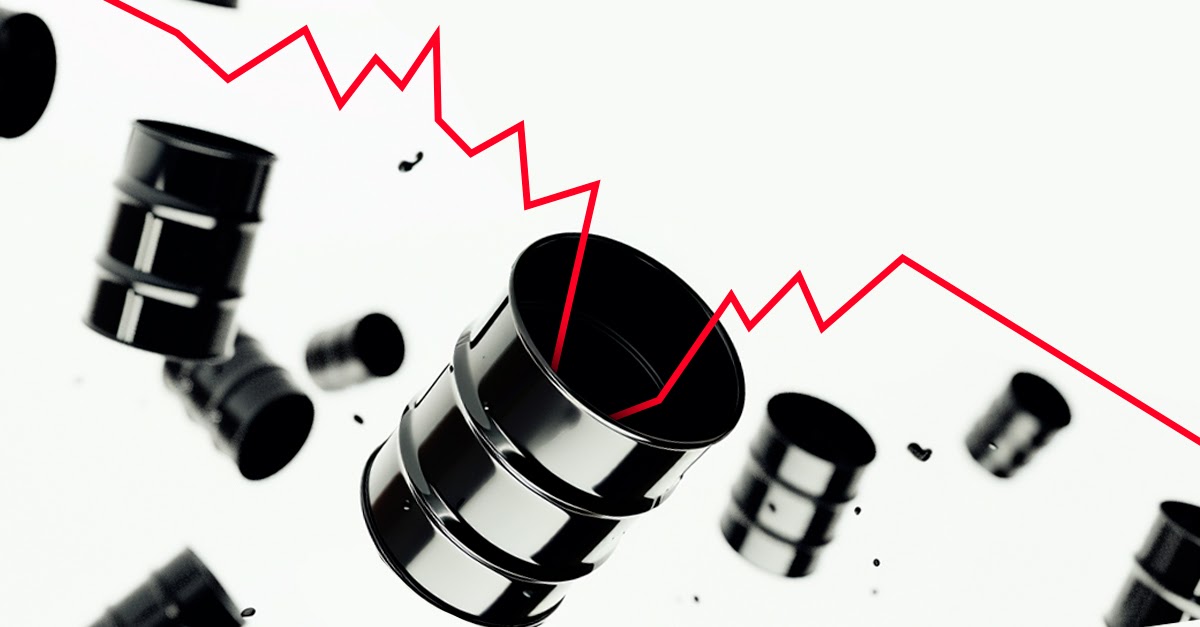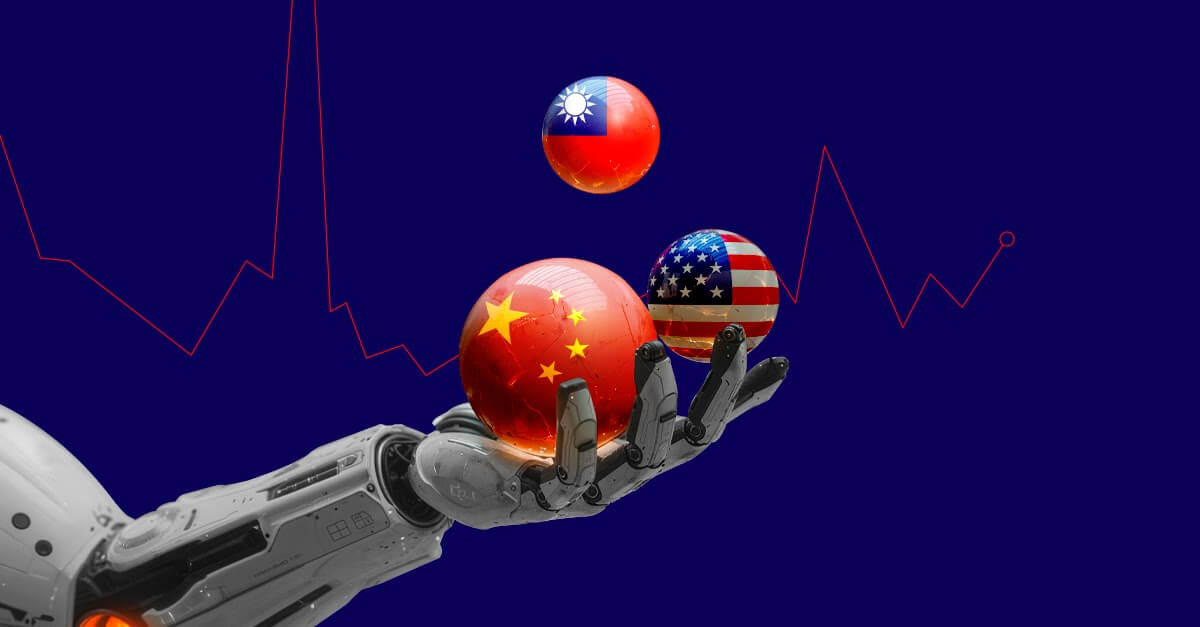It has been almost a year since Javier Milei, the controversial economist, won the presidential election in Argentina, which has been struggling with serious economic problems for years. Let's take a look at what the effects of Milei's actions are in numbers and what forecasts the world is making for Argentina.
Table of contents:
- Javier Milei - what is worth knowing about him?
- What does the market think of Argentina?
- Argentina's economy. Light at the end of the tunnel is visible
- What does the IMF see as the future of Argentina's economy?
Javier Milei - what is worth knowing about him?
Born in 1970 in Buenos Aires, the Argentine president worked as an economist before taking office. He became known as a television commentator, harshly criticising government policies. Inspired by anarcho-capitalism, he rejected state intervention in the economy.
He entered politics in 2021, forming the La Libertad Avanza party, and his presidential campaign in 2023 focused on radical reforms, including abolishing the Central Bank and replacing the peso with the US dollar.
His views and announcements were controversial from the start of his political activities, with Milei calling for, among other things, the privatisation of the public sector, deregulation of gun ownership and organ sales, and opposition to sex education and abortion. However, the Libertarian economist won the second round of elections in 2023, winning 56 per cent of the vote. The victory was not entirely satisfying, as his party failed to gain a majority in the Argentine parliament, causing many of the changes initiated by Miley to enter into force late or be blocked altogether.
What does the market think of Argentina?
Let us begin our analysis of the economic situation of crisis-ridden Argentina by assessing the reaction of investors to Javier Milei's rule. High inflation is drastically weakening the purchasing power of the peso, Argentina's official currency, forcing many citizens and businesses to look for alternative currencies for daily transactions. The choice falls mainly on the US dollar. This trend further exacerbates the depreciation of the peso and can lead to hyperinflation.
To counter this, the government regulates the official exchange rate, which is used for international transactions but is much lower than the black market rate, the so-called blue dollar. Currently, one USD officially costs 984 pesos, while on the parallel market the ‘blue dollar’ costs around 1,200 pesos, a difference of almost 25 per cent. This disparity was not so long ago, however, much greater. After taking over, Milei weakened the currency from a rate of 365 to 800 USD/ARS, hoping that the official rate would coincide with the black market rate. However, the difference remains significant enough to discourage foreign investors who fear instability.
The release of the exchange rate could be a form of shock therapy for the economy, similar to what happened in Poland in 1990, when the zloty was pegged to the US dollar at a rate of US$0.95/PLN, which only managed to be maintained for a year. In the case of Argentina, such a decision could involve the risk of deeper economic perturbations.

Source: Tradingeconomics
Argentina has passed an economic reform bill, marking President Javier Milei's first major legislative achievement in his more than six months in office. The bill, known as ‘Bases’, gives the government greater control over the deregulation of the economy and includes a fiscal package introducing changes to income and wealth tax. Although the bill has passed through Congress with many changes, it still aims to encourage investment, privatise state-owned companies and simplify the tax system. The bill has also strengthened Argentina's stock market, with the value of the Global X MSCI Argentina ETFs, priced in US dollars, increasing by almost 70 per cent since the new president won. The direction of deregulation supported by tightening government spending for the crisis-ridden country appears to be an effective step. However, artificially maintaining the exchange rate could significantly block the inflow of new capital into this market.

Source: Tradingeconomics
Argentina's economy. Light at the end of the tunnel is visible
Argentina's economic situation is grave. The country of nearly 47.1 million people is currently facing an inflation rate of 209 per cent per year and a projected fall in GDP of 3.5 per cent in 2024. This state of affairs is causing the percentage of people living in poverty (earning less than USD 3.65 per day) to rise dramatically to as much as 42.5 per cent. Despite this, however, there is light at the end of the tunnel.
Percentage of urban households below the poverty line in Argentina

Source: Statista
Cuts in government spending not only wiped out almost the entire budget deficit, but also did not cause a significant surge in unemployment, which rose from 5.7 per cent to 7.6 per cent. Moreover, the strong weakening of the Argentine peso exchange rate supported Argentina's exports, whose dollar value increased by 20 per cent year-on-year, and this was enough for a surplus in the trade balance. We believe that such a situation should further support economic growth and have a positive impact on wages and quality of life in the long term. Unfortunately, when we take a closer look at what goes into Argentina's exports, we see that the country mainly sells agricultural and food commodities and raw materials, such as oil. This makes Argentina's exports not a key contributor to GDP and barely account for about 13 per cent of it, whereas, for example, Poland's exports account for almost 60 per cent of GDP. Therefore, Argentina mainly relies on domestic demand.

Source: Tradingeconomics
What does the IMF see as the future of Argentina's economy?
The International Monetary Fund (IMF) did not update its inflation forecasts for Argentina in its latest October report, predicting higher figures than the government's draft budget for 2025. The government estimates inflation of 104.4 per cent in 2024 and 18.3 per cent in 2025. Meanwhile, the IMF forecasts 140 per cent and 45 per cent respectively. The Fund also forecasts a slightly smaller decline in GDP in 2024 (-3.5 per cent) and growth of 5 per cent in 2025. However, the announcement does not suggest that inflation will fall below 10 per cent over the next six years, nor that GDP will grow at a steady rate of 3 per cent per year.

Source: IMF
Grzegorz Dróżdż, CIIA, Market Analyst of Conotoxia Ltd. (Conotoxia investment service)
The above trade publication does not constitute an investment recommendation or information recommending or suggesting an investment strategy within the meaning of Regulation (EU) No. 596/2014 of April 16, 2014. It has been prepared for informational purposes and should not form the basis for investment decisions. Neither the author of the publication nor Conotoxia Ltd. shall be liable for investment decisions made on the basis of the information contained herein. Copying or reproducing this publication without written permission from Conotoxia Ltd. is prohibited. Past performance is not a reliable indicator of future results.
CFDs are complex instruments and come with a high risk of losing money rapidly due to leverage. 76.23% of retail investor accounts lose money when trading CFDs with this provider. You should consider whether you understand how CFDs work and whether you can afford to take the high risk of losing your money.
Trading on CFDs is provided by Conotoxia Ltd. (CySEC no.336/17), which has the right to use the Conotoxia trademark.







